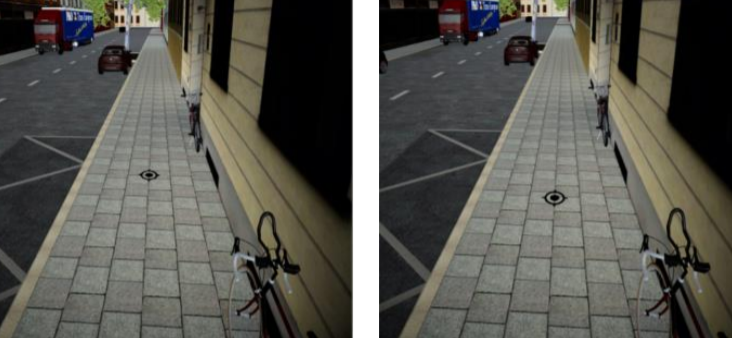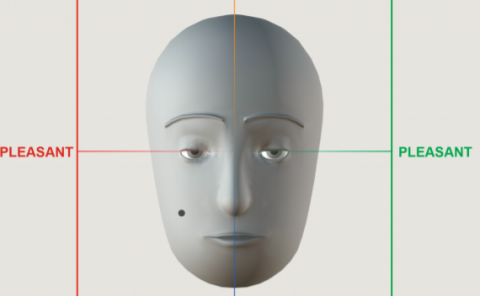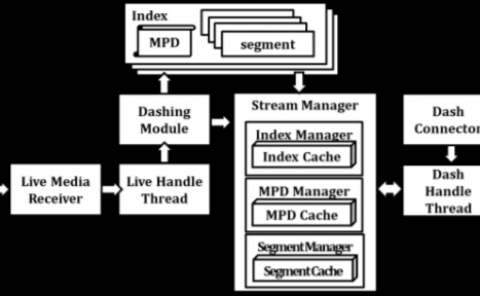Locomotion, Non-Isometric Mapping and Distance Perception in Virtual Reality
PubDate: February 2018
Teams: TU Munich
Writers: S. Schneider;P. Maruhn;K. Bengler
PDF: Locomotion, Non-Isometric Mapping and Distance Perception in Virtual Reality

Abstract
Virtual reality has become a common tool for investigating pedestrian behaviour in complex traffic situations. To ensure valid results, naturalistic depth perception is crucial. Despite a number of studies, influencing factors like walking experience still have not fully been examined, and recent advancements in associated technologies require constant re-evaluation of previous findings. The present study investigated the influence of walking on distance perception in a high fidelity virtual reality pedestrian simulation. Twenty-nine subjects verbally estimated distances corresponding to 3, 3.5 and 4 metres in the virtual world, either based solely on visual perception or after walking to the target. Within the latter condition, the virtual distance travelled was manipulated by translation gains (ratio between physically travelled and visually perceived distance) ranging from 0.9 to 1.3. Results confirmed previous findings of distances being generally underestimated. Walking significantly improved estimation accuracy, especially when a walking trial was preceded by a purely visual estimate. Within the walking condition, lower translation gains significantly increased the estimated distance, thus improving the estimation performance.


